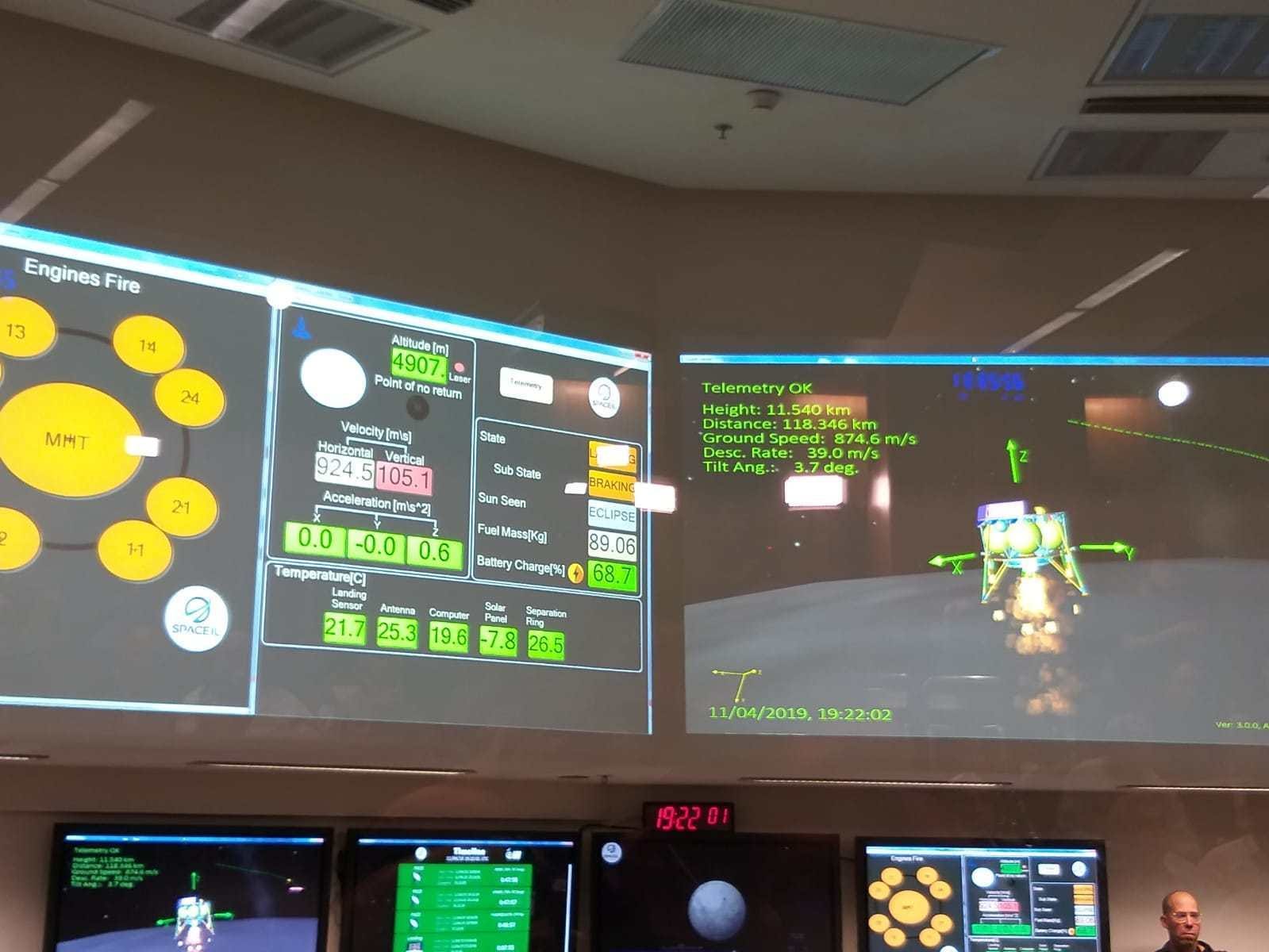On a Thursday night a few weeks ago, as my whole family gathered in front of the TV to watch Israel making history by landing on the moon, my 6-years old daughter asked how can you get the spacecraft to land on the moon when there is no one inside to drive it? I told her it’s like a remote-controlled car, where the commands are sent from the remote control to the car itself and showed her the telemetry indicator on the control room dashboard, indicating that the control room and the spacecraft are “talking to each other”.
When we talked about the landing itself, I showed her the altitude indicator and we saw that it was decreasing, indicating that Beresheet is getting closer and closer to the moon’s surface.
Fascinated, she continued looking at the dashboard with all the running numbers, and then asked: “ why are there so many numbers?”
What a great question on one of my favorite topics!
The reason is that in order to fully understand what’s going on and make decisions, you need multiple data points.
For example, when things went wrong, you could see that the Sun Seen indicator was no longer indicating daylight. This means that the spacecraft has probably flipped, and so even if all the engines are operating in full power, they are working in the wrong direction — increasing the spacecraft’s speed and not decreasing it. If you only looked at the status of the engines and saw they are working fine, you couldn’t have known there was an issue.

Landing on the Moon: An Example of Data-Driven Product Management
If you ever heard me talking about data-driven product management, you know I’m a big fan of having multiple indicators. One number simply cannot tell the full story.
The same goes for setting goals. Focus an entire company on a single number and you’ll probably get there (assuming your team is strong enough), but it’s not necessarily what you hoped for.
Do you think Beresheet’s goal was altitude=0? The answer is obviously no — because that one actually happened, and clearly, there was something missing to fully succeed.
A much better way of defining goals is to use the method Google, Facebook and Amazon are using: OKRs — Objective and Key Results. This method allows you to focus on the objective— the thing you are actually trying to do, and have multiple metrics reflecting success.
I imagine in Beresheet’s case, the objective would be defined as soft landing on the moon, and the key results would be altitude=0 and vertical speed < [the maximum safe speed to land on the moon]. BTW, these two metrics are probably not enough for a successful landing, but you get the idea.
Choose Metrics Smartly to Deliver the Best Results
Challenge your metrics. Make sure you understand what is the real goal and see if additional metrics are needed to really indicate this goal was achieved successfully. This can be done and will be valuable even if your company has not adopted the OKRs methodology.
One of my favorite methods for challenging the KPIs and goals I set is to invent a completely ridiculous way of reaching your KPIs and ask if this still means success. For example, if you are an e-commerce site, you can easily increase sales or conversion rates: sell iPhones for $1 each. Obviously, the company will not survive this way, and that’s probably not your intention. The metrics you choose will have an immense impact on what you are actually delivering and on your business results. Choose your metrics smartly, and make sure you don’t forget what you are actually trying to achieve in the process.
P.S. This post is not about the unsuccessful landing of Beresheet. In fact, as soon as my daughter asked me her question I knew I was going to write it and took the photo above when everything still looked fine.
I want to take this opportunity to share my kudos to SpaceIL and everyone involved in this amazing achievement, and my excitement about Beresheet 2.0 being announced as I am writing these lines.
I’m so proud to be part of a small country with such big dreams!










